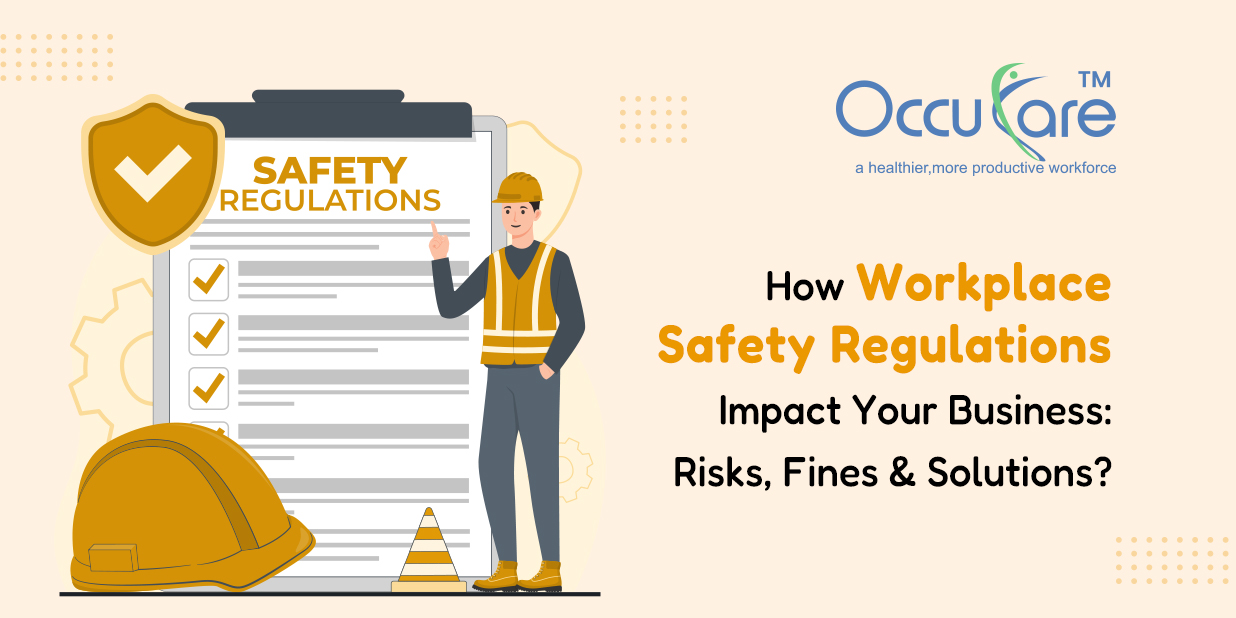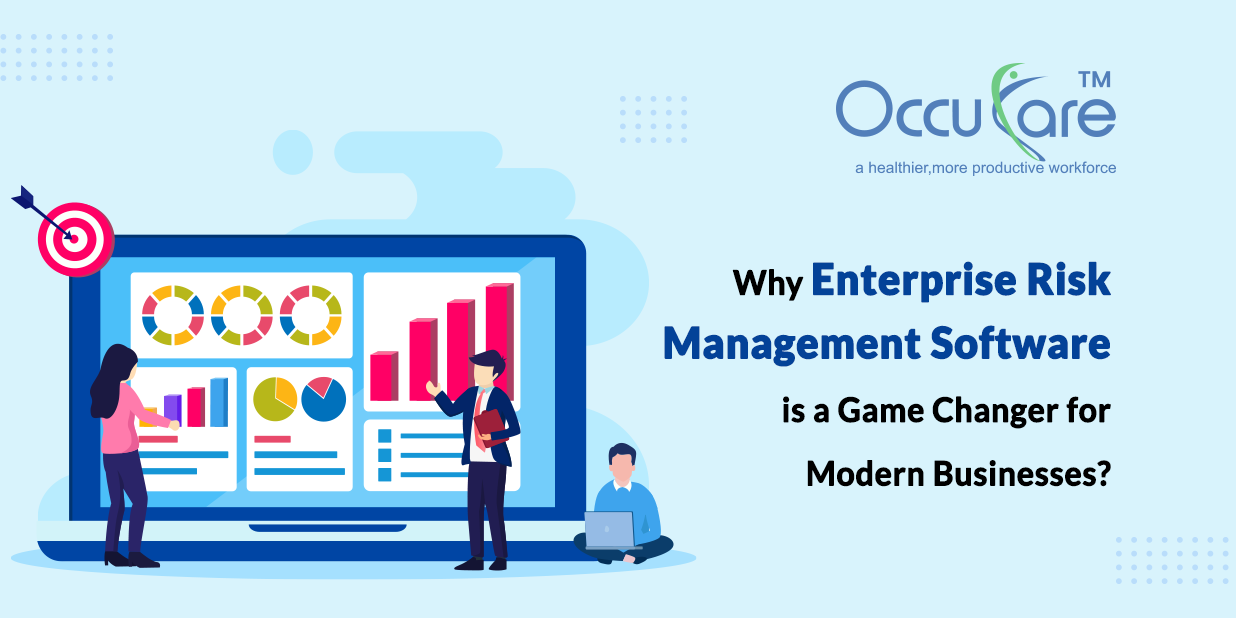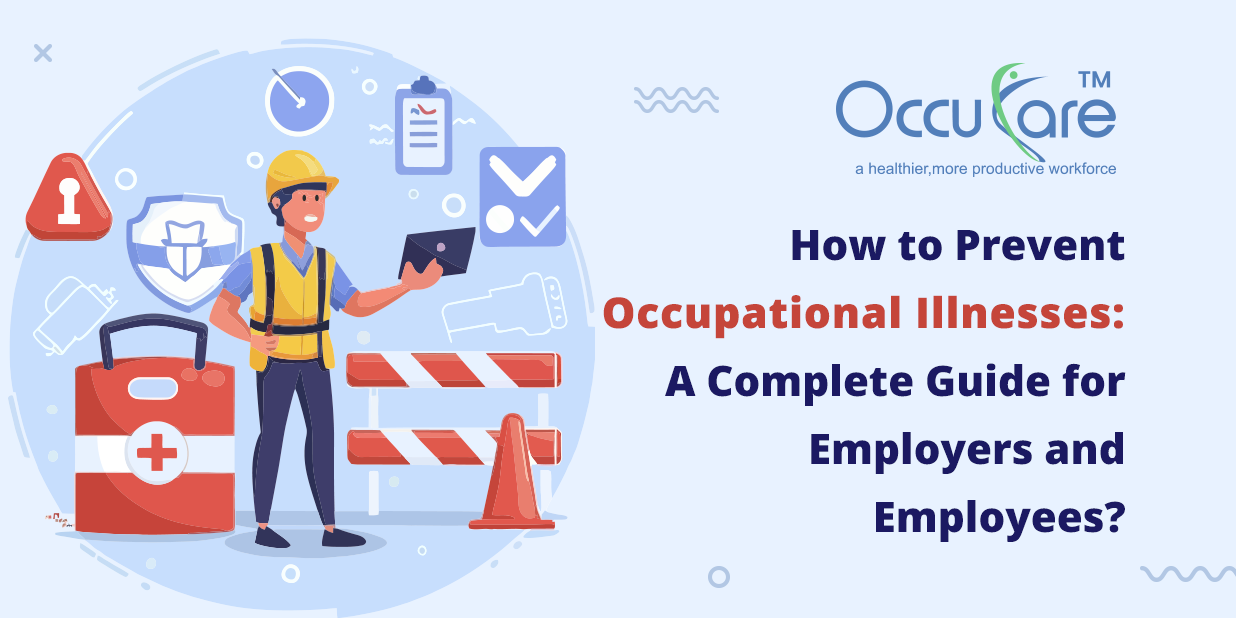In addition to being required by law, workplace safety is essential to the long-term viability of businesses. Despite the fact that many businesses see occupational health and safety laws as useless red tape, they are crucial for protecting output, protecting workers, and avoiding heavy fines.
In this blog we will discuss how workplace safety laws impact your company, the possible consequences and penalties for noncompliance, and workable ways to keep your company ahead of the curve.
1. Being Aware of Workplace Safety Laws:-
Government organizations enact laws and standards known as workplace safety regulations to be sure businesses give workers a safe and healthy work environment. For instance, the Occupational Safety and Health Administration (OSHA) in the United States is responsible for tracking observance to safety rules.
These rules cover a wide range of workplace elements including:
- Hazard communication
- Equipment and machine safety
- Emergency exits
- Use of personal protective equipment (PPE)
- Ergonomics and manual handling
- Chemical handling
- Noise levels
- Fire safety
2. Impact of Regulations on Companies:-
Regulations related to workplace safety affect corporate operations both directly and indirectly.
a) Costs of Activities:
At first, compliance could seem costly given that it calls for putting cash on facility improvements, safety gear, and training. These expenses, however, are small when compared to the economic burden caused by industrial accidents.
b) Productivity is generally higher in safe workplaces:
Employees are more likely to remain attentive and involved when they feel safe. On the other hand, high injury rates might result in high turnover, low morale, and increased absenteeism.
c) Brand Image and Reputation:
The reputation of your business may suffer if safety requirements are not followed. Serious workplace incidents have the potential to go viral, which can result in a decline in customer trust, poor staff retention, and trouble luring top talent
3. Typical Dangers of Non-Compliance:-
Compliance with workplace safety laws is mandatory; it is not an option. Business risks associated with non-compliance include:
a) Workplace Accidents and Deaths:
This risk is the most evident. Accidents caused by unsafe working conditions can result in fatalities as well as serious injuries. Injuries lead to higher insurance premiums, lost productivity, and compensation expenses in addition to the human cost.
b) Rising Costs for Insurance:
The more events that occur at work, the higher your insurance premiums will be. For insurers, non-compliance is a sign of poor risk management.
c) The change of activity:
Production can be stopped, and resources may be used up by shutdowns, equipment taking, or required advances brought on by serious safety errors.
4. Penalties and Legal Repercussions:-
Businesses that violate regulations may be subject to fines, citations, and even legal action from regulatory organizations.
a) U.S. OSHA Penalties:
For example, OSHA modifies the penalty levels every year. By 2024:
Other nations and jurisdictions have similar sanctions, which frequently get worse depending on how many workers were impacted or how serious the incident was.
b) Lawsuits:
Workers hurt because of their employer’s ignorance may file a lawsuit to recover damages, particularly if it can be shown that the business purposely ignored safety regulations.
c) Criminal Responsibility:
In severe situations, particularly when people are killed, business executives could be charged with a crime. Prison time and irreversible harm to one’s reputation and that of the company are possible outcomes of this.
5. Case Studies from Real Life:-
Let’s examine some actual instances of how firms may be impacted by non-compliance:
a) The 2005 BP Texas City Refinery Explosion:
The explosion, one of the most well-known industrial disasters in American history, left over 170 people injured and 15 workers dead. Serious safety violations and cost-cutting methods were found during investigations. OSHA penalized BP more than $21 million, and the overall cost exceeded $1.5 billion due to further criminal charges and civil fines.
b) Violations at Amazon Warehouses:
Over the years, Amazon has been subject to several penalties and criticisms for its poor ergonomic safeguards and high warehouse accident rates. Numerous OSHA inspections and fines, as well as public outrage and pressure from labor organizations, have been the outcomes of these infractions.
6. Preventive Compliance Solutions:-
It doesn’t have to be difficult to stay in compliance. The following are some tactics to make sure your company complies with workplace safety laws:
a) Perform Frequent Risk Evaluations:
A full risk assessment finds possible risks and guides companies in putting measures in place to lessen them. Include these evaluations on a regular basis, such as quarterly, yearly, or annually.
b) Create a thorough safety program:
This contains industry-specific checklists, emergency protocols, and unambiguous safety policies. Make sure this program is accessible, documented, and subject to frequent reviews.
c) Education and Training:
For Employees Compliance requires training. Invest in certifications, refresher courses, and onboarding programs to keep staff members up to date on procedures and potential risks.
7. Establishing a Safety Culture:-
Compliance should not be viewed as a one-time endeavor; rather, it should become ingrained in the very fabric of your business. Establishing a safety culture entail:
a) Leadership Buy-In:
When safety is a top priority for the leadership, it permeates the entire business. Modeling safety from the top down is essential.
b) Appreciation and Incentives:
Reward and recognize groups or individuals who maintain safety regulations. Positive behavior is reinforced in this way.
c) Ongoing Enhancement:
Being safe is a continuous process. As laws and technology change, evaluate policies frequently, take lessons from accidents, and adjust procedures.
d) Participation of Employees:
Employees should be included in safety policy decision-making. The people closest to the job are frequently in the best position to spot possible problems.
Conclusion:-
Regulations pertaining to workplace safety are essential measures that safeguard your most precious resource: your employees. They are not merely legal requirements. Non-compliance can have serious consequences, including cash fines, legal action, and damage to one’s reputation. With the correct strategies, companies may not only steer clear of these dangers but also create a more secure and efficient workplace.
Putting money into safety is an investment in the future of your company. Your company can prosper while preserving employee safety and regulator satisfaction by establishing a strong compliance culture and taking proactive steps to lower risks.


